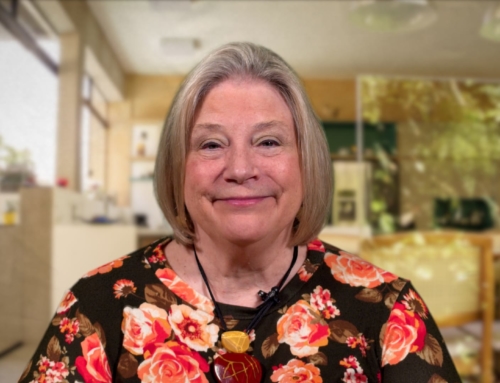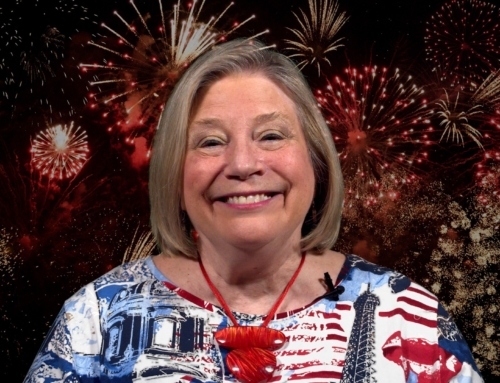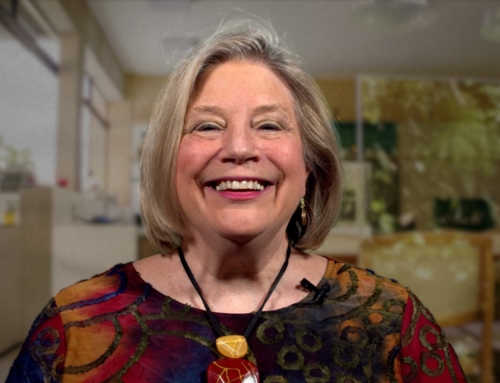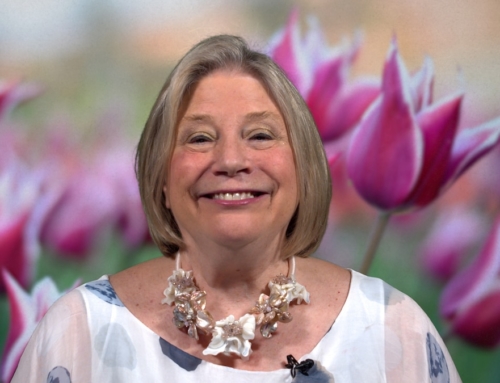When we enter the holiday season, be it the traditional Christian-based Christmas or the Jewish Hanukkah season, it is often not without trepidation. What we strive for is closeness and sharing, but that is not always easy to achieve. The truth is, whether we come from a healthy, securely based family system or a more disruptive, hard-to-settle-in situation, we all want the same thing: Love! Thatʼs because we are hard-wired toward it. Our own natural, healthy attachment systems await hopefully for love, connection, and belonging. However, the holiday season is often fraught with feelings of loneliness and missed opportunities for connection. Perhaps we are separated by distance from those we love, or simply separated by a different kind of distance while in the same room. As I say, “Loneliness is now epidemic.” Those darn holidays just make it harder to ignore.
My own experiences with the holidays have been up and down the emotional rollercoaster of life.
What I have found over the years that does help me is True Authentic Relating; itʼs the one gift that seems possible and real. Speaking from the heart, with genuine caring and respectfulness, is both brave and scary – but there are tips that can help. When we are now  with family members that we do not have an easy relating with, it is often because of early adaptations in attachment and bonding. How we react to that and what skills we bring to those situations can make a huge difference over time. Itʼs possible that boundaries were not established clearly in our childhoods. When around those family members as adults, we may continue to experience diffuse or ambiguous borders in relating. The amazing thing about this is that setting a clear, kind boundary takes little effort when you are seated in the center of your own being. Often the person operating out of an Anxious-Ambivalent style will “watch the other” (parent, sibling, spouse) with such vigilance that they lose touch with what their own feelings are; they are simply vigilant toward the otherʼs needs, actions or behaviors. With that style we want to focus on returning to our own inner sense of self, i.e., the most grounded and settled part of our bodies. Perhaps that would be your feet, back, or your rump. Somewhere that provides settling, calming, or will help shift your physiology from activation to neutral when you turn your inner awareness toward it. If you have this style it is often the main thing to do to help yourself: itʼs called Staying With Yourself. It may take practice but it can be achieved over time.
with family members that we do not have an easy relating with, it is often because of early adaptations in attachment and bonding. How we react to that and what skills we bring to those situations can make a huge difference over time. Itʼs possible that boundaries were not established clearly in our childhoods. When around those family members as adults, we may continue to experience diffuse or ambiguous borders in relating. The amazing thing about this is that setting a clear, kind boundary takes little effort when you are seated in the center of your own being. Often the person operating out of an Anxious-Ambivalent style will “watch the other” (parent, sibling, spouse) with such vigilance that they lose touch with what their own feelings are; they are simply vigilant toward the otherʼs needs, actions or behaviors. With that style we want to focus on returning to our own inner sense of self, i.e., the most grounded and settled part of our bodies. Perhaps that would be your feet, back, or your rump. Somewhere that provides settling, calming, or will help shift your physiology from activation to neutral when you turn your inner awareness toward it. If you have this style it is often the main thing to do to help yourself: itʼs called Staying With Yourself. It may take practice but it can be achieved over time.
Once you have moved your presence back into your own sense of self, it is often easier to set limits and clear boundaries with loved ones. This style is especially sensitive to mis-communications and desperately longs for closeness; when there is a mis-match, it can lead to anger and resentment. Rather than relating in aggressive, angry, tense and blaming ways, try using Assertive Communications. Here are some helpful tips:
State What You Feel – Identify your feeling, which allows your family member to see that what they are saying is negatively affecting you. It helps soften the conflict by introducing your subjective experience with courtesy. This is especially helpful to all persons with insecure attachment styles: to name their feeling state.
State What You See – This is identifying the person’s behavior non-judgmentally and stating how it causes you to feel. So it does not come across as a character assassination but purely an observation of a behavior.
State What You Hope For – This is what we are asking for in the spirit of our separateness and in the service of our personal differentiation as a person. However – as mentioned – it does not mean that we will get what we want.
On the other hand, a person with a primary attachment style of Avoidance will “stay with themselves” much longer and sometimes to the exclusion of actual relating. Habitual behaviors such as watching TV, playing video games alone, or being on the computer for hours bite away at time that may offer closeness or communicating with family and loved ones. Hiding out may be this styleʼs only strategy for coping! For this person, we want to take small forays into the relational field with a welcoming person. Moving out of our zone of comfort may be difficult at first but the payoff can be great. Realizing that the bodyʼs ventral-vagal system (which houses the social engagement system) can actually shut down after hours on the computer is important. Then weʼll need something like a kick-starter in our relational gears to start up the social engagement system again!
If you or a client has this style you may want to consciously use eye contact to stay in touch with loved ones: Brief, Frequent Eye Contact is recommended. Kind Eyes Video.
Identifying the person(s) that are most receiving and welcoming in our holiday environment is helpful. If there is no one of that sort, you can help restore your social engagement system by utilizing the Kind Eyes exercise that I teach.
For those of us with a Disorganized-Disoriented attachment style it is so helpful to work diligently toward a “learned” secure attachment with others that are safe, predictable, understanding and appropriately protective. Holidays are sure to bring up difficult emotions until enough healing has happened. Creating your own “safe tribe” is fun, expansive and heartwarming. Although this may be a challenge at first, once you realize that you can indeed “locate and identify” safe from unsafe persons/situations and uncouple the threat response from your natural and healthy attachment system, your life will begin to transform to what you deserve and want. Resourcing yourself with daily doses of simple but fun activities is the beginning. While it may not have the high charge of activation of the past, it is essential toward health and healing.
May these tips be helpful to you and your clients. Together with the DARe Team I wish you the greatest of holidays, in the simplest of ways: with authentic heart, loving connections, and wholeness.
Diane Poole Heller with Patti Elledge &
Sara Swift & Patricia Meadows






